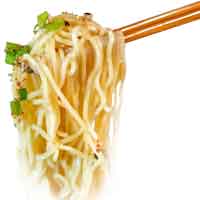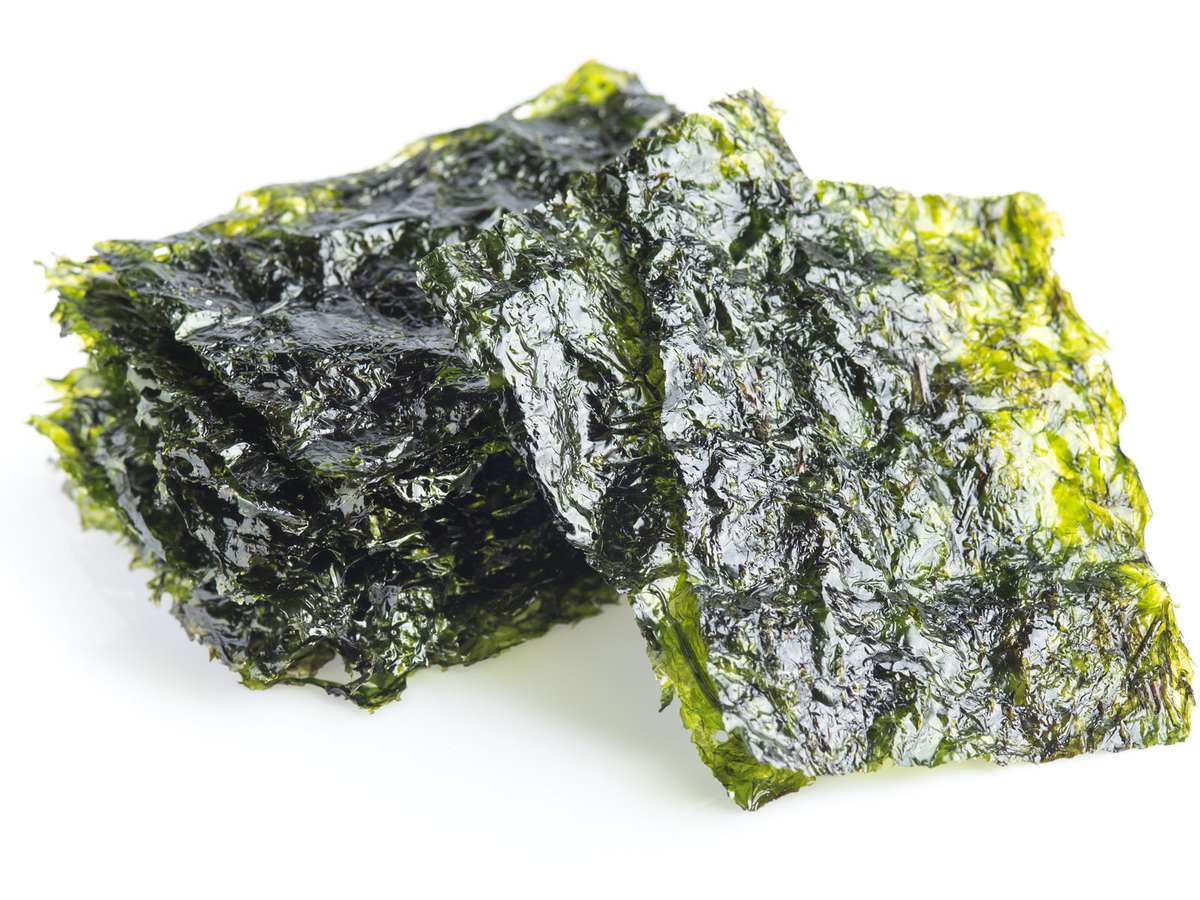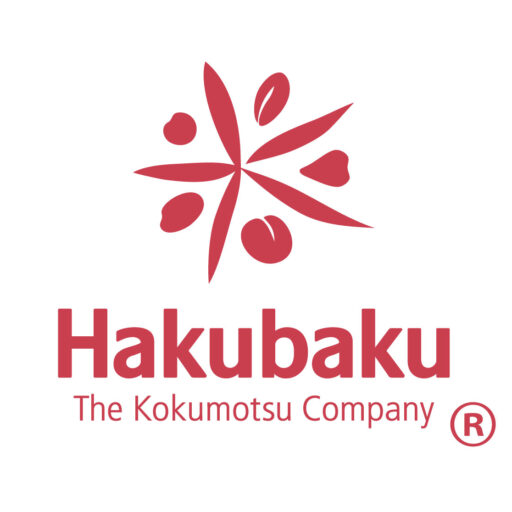These are our top customer favorite ramen toppings from our comments and Dm’s you send us! Our customers know what they want in a noodle, and are pretty particular about what goes on top. Don’t see yours? .. let us know your favs in the comments!
Now this list is not a definitive list but reflects what kinds of ramen toppings we like. [At least as of this posting.]
1. Japanese Mayonaise – the creamy topping you didn’t expect

Japanese mayonnaise is not like regular US mayonnaise as it starts with Japanese egg yolks to get its base. American mayonnaise is typically made from egg yolks and whites, distilled vinegar, and oil. With its high level of fat from the egg yolk and milder rice vinegar, Japanese mayonnaise has a much smoother custard-like texture.
Try using it on your next bowl of ramen. Skip the liquid broth- and use Japanese mayo, seasoning packet, some parboiled egg yolk, and hot sauce for a creamy version of ramen!
2. Furikake – flexible and flavorful

Furikake (振り掛け / ふりかけ) is a dry Japanese condiment to be sprinkled on top of cooked rice, vegetables, and fish, or used as an ingredient in onigiri. It typically consists of a mixture of dried fish, sesame seeds, chopped seaweed, sugar, salt, and monosodium glutamate.
Other flavorful ingredients such as katsuobushi (sometimes indicated on the package as bonito), or okaka (bonito flakes moistened with soy sauce and dried again), freeze-dried salmon particles, shiso, egg, powdered miso, vegetables, etc., are often added to the mix.
This is a very flexible seasoning mix and we use it on most of our other rice, barley, rice balls (onigiri), and even salads! This is one of the best ramen toppings. Skip the broth and use some of the seasoning packet, egg, Japanese mayo, and furikake to make a quick snack.
3. Nori – the green supporting actor

Nori (海苔) is a dried edible seaweed used in Japanese cuisine, made from species of red algae. The good thing about the nori first is you can taste the crispy texture of the nori. And you won’t make a mess in your soup with a piece of soggy and broken-up nori.
There actually is a regional preference for Nori in ramen with Tokyo being the most popular region for using nori in ramen. Sapporo ramen, Wakayama ramen, Haktara ramen typically do not come with nori and it can be added by request.
You can use some of these nori sheets to make a quick noodle wrap with some pickled daikon and furikake.. YUM!
4. Gochujang – your spicy hot friend

Hey, sriracha..step aside! This widely available fermented red pepper paste is an anchor in many Korean soups and stews, and can transform weak broth to excellence. Before adding the gochujang, make sure to combine it with a little rice vinegar in a bowl, stirring to break up the clumps.
Gochujang can be found in Asian markets and online as well. So many uses, so little time!
5. Tamago – so ‘egg-cited’ to see you!

OK, this one is not a surprise..but it’s pretty important. Fun fact, the average Japanese person eats around 320 eggs (tamago) per year, according to the International Egg Commission. That places Japan in the Top 3 worldwide! (In comparison, the average American eats around 250 eggs per year.)
A perfect ramen egg has a custard-like center from the technique of a quick boil then a simmer for 6-7 minutes. The soft runny center adds a great taste to any bowl of ramen. To know how to make the perfect ramen egg, click here.
Getting Hungry? Yea, we thought so.. get shopping today to fill your pantry and try some of the ideas above


